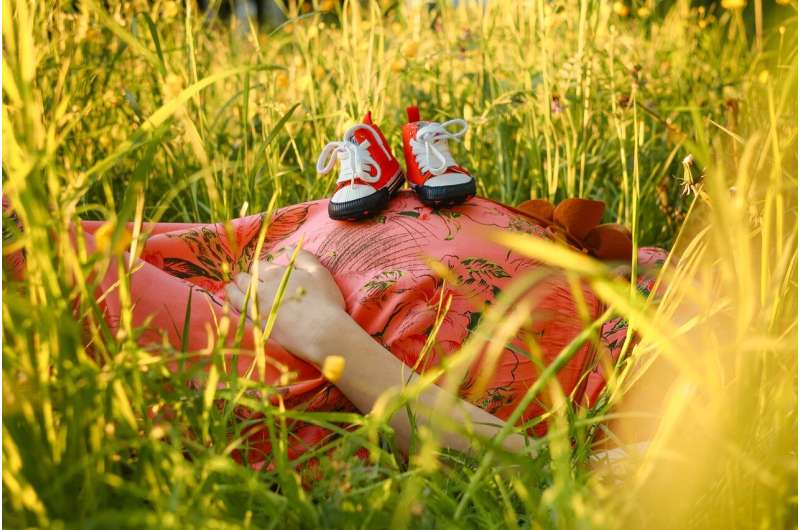This article has been reviewed according to Science X's editorial process and policies. Editors have highlighted the following attributes while ensuring the content's credibility:
fact-checked
peer-reviewed publication
trusted source
proofread
Study quantifies long-term trends in childlessness and infertility treatment

The incidence of primary involuntary childlessness, the rate of women seeking treatment for infertility, as well as the success rate of assisted reproductive technology all increased in birth cohorts studied from 1916 to 1975, according to a new study published this week in the open-access journal PLOS ONE by Finn Egil Skjeldestad of the Arctic University of Norway.
There have been tremendous advances in assisted reproductive technologies (ARTs) over the past 50 years. In the new study, Dr. Skjeldestad analyzed data on 11,064 women born between 1916 and 1975 who took part in the 2015–2016 Tromsø survey, a large population-based survey that invites all residents of Tromsø, Norway to participate in regular questionnaires about their sociodemographics and health.
The analysis found that 6.0% of women born in 1956–75 had primary involuntary childlessness (95% CI 5.4–6.6%), compared to only 3.7% of those born in 1916–55 (95% CI 3.2–4.3%). Similarly, 10% of women born in 1966–75 had secondary infertility, defined as infertility after having at least one naturally conceived child, compared to 6% to 7% of women in the earlier birth year cohorts.
Along with these increases, more women in the younger birth cohorts reported the use of ART. The success of ART also increased over time, reaching 58% for primary and 46% for secondary infertility for the 1966–75 birth cohort. Notably, ART can be credited for 2.0% of the population growth for the 1956–65 cohort and 3.3% of population growth for the 1966–75 cohort, but its effect is negligible in older cohorts. Meanwhile, the rate of voluntary childlessness grew from 5% to 6% in the 1916–1955 cohort to 9% to 10% in the 1956–75 cohort.
Dr. Skjeldestad concludes that the data offer valuable insight into infertility trends and ART outcomes among women of reproductive age during much of the last century.
More information: Finn Egil Skjeldestad et al, Minor changes in the incidence of primary and secondary involuntary childlessness across birth cohorts 1916 to 1975, but major differences in treatment success, PLOS ONE (2023). DOI: 10.1371/journal.pone.0287540




















